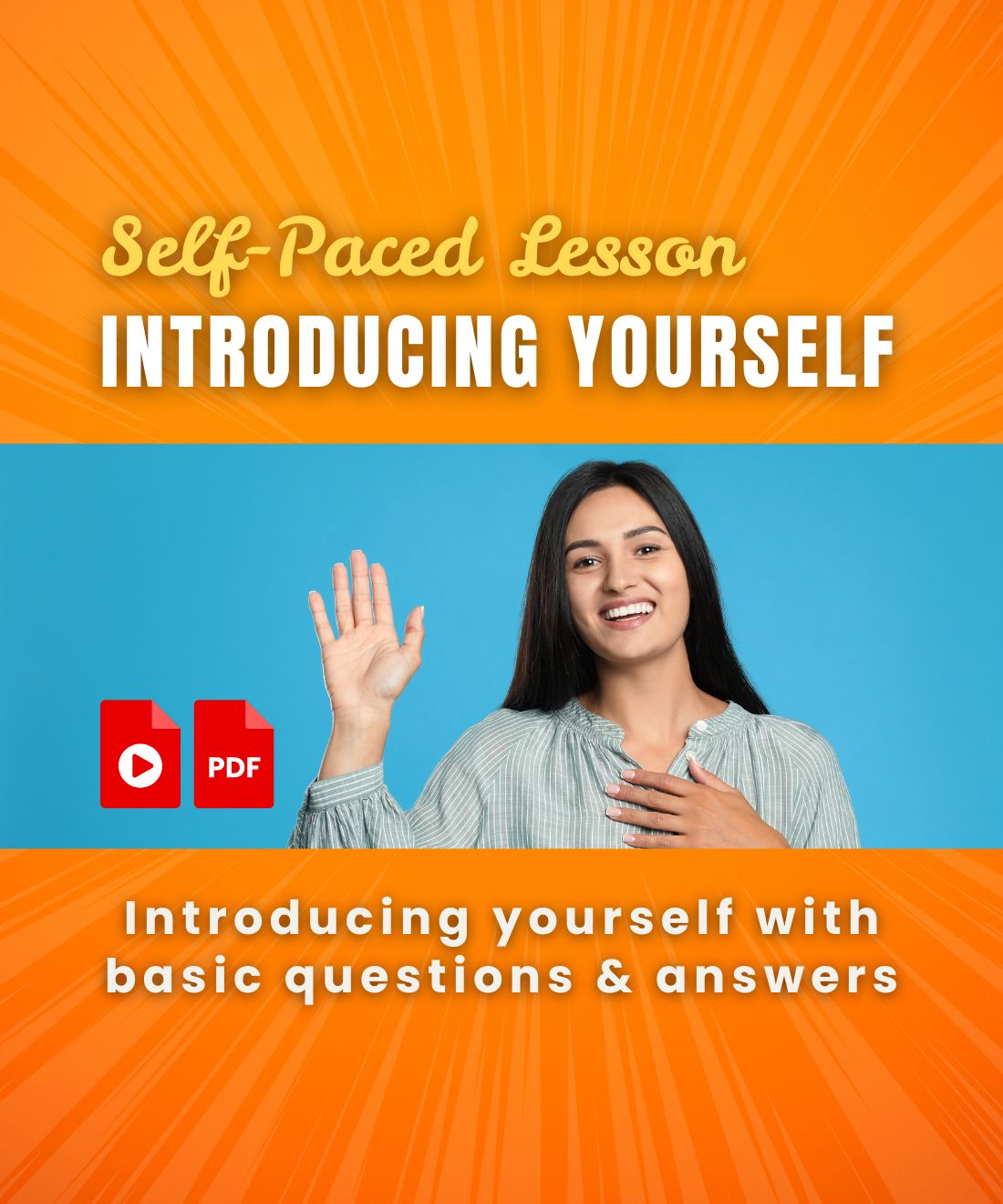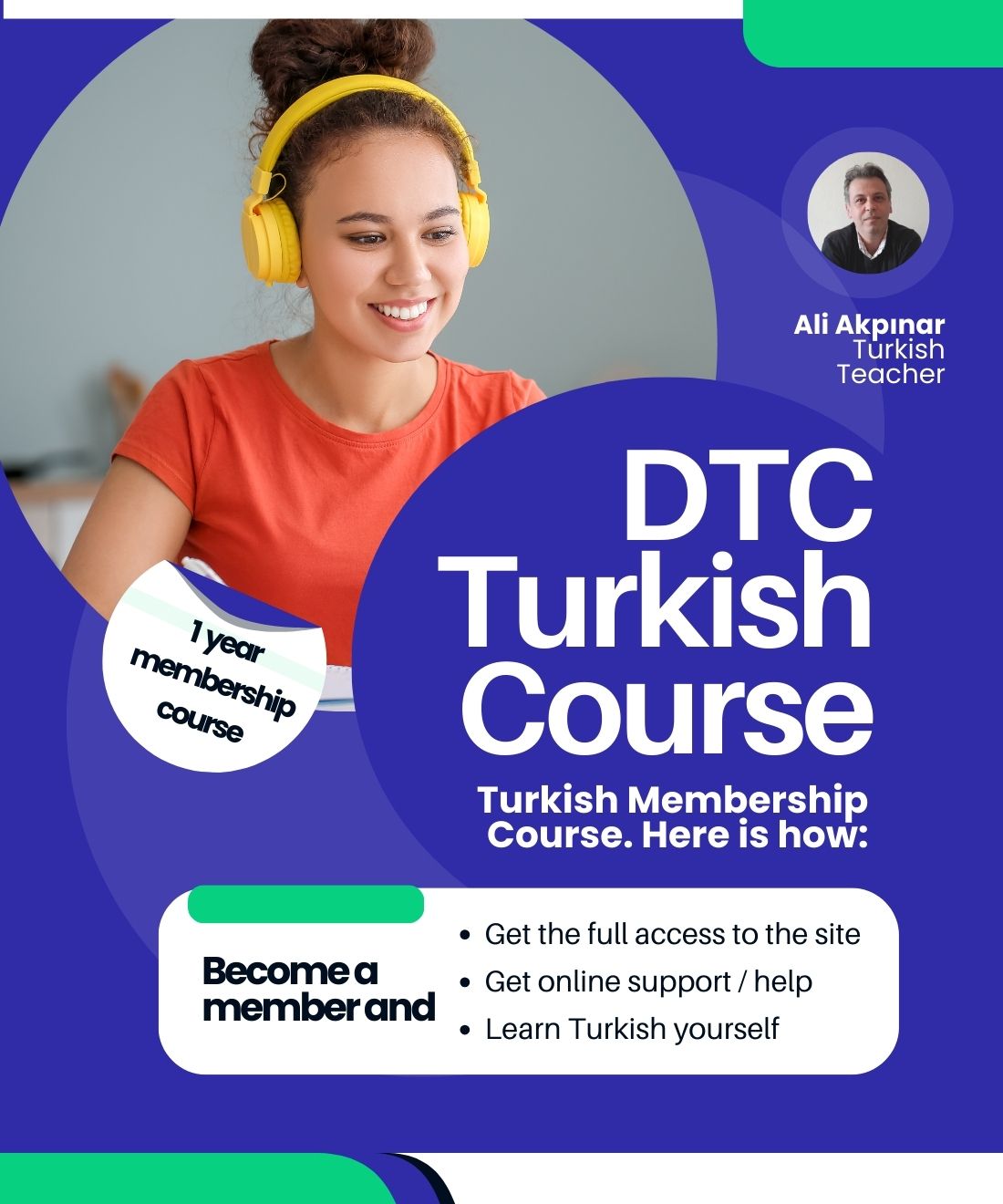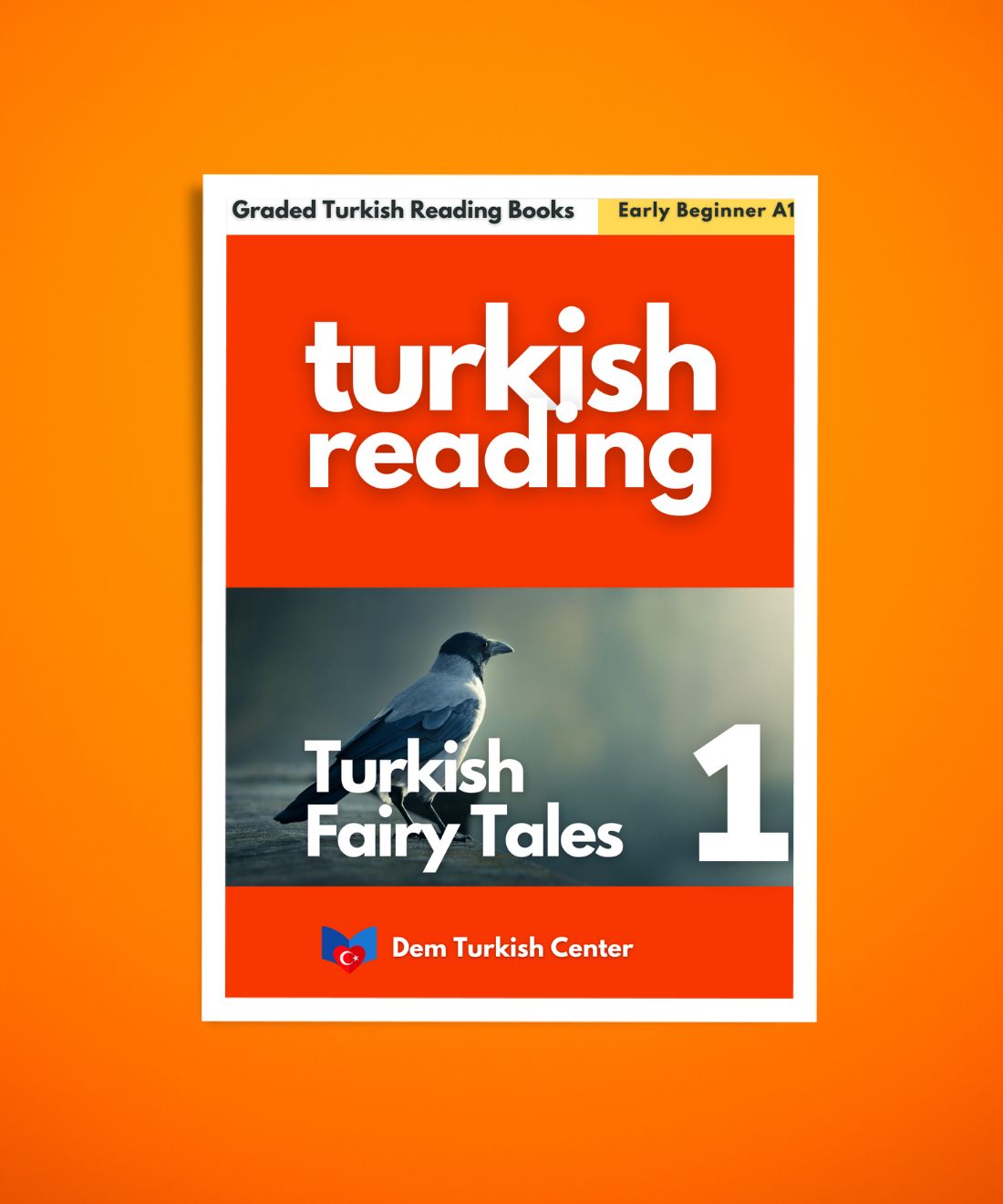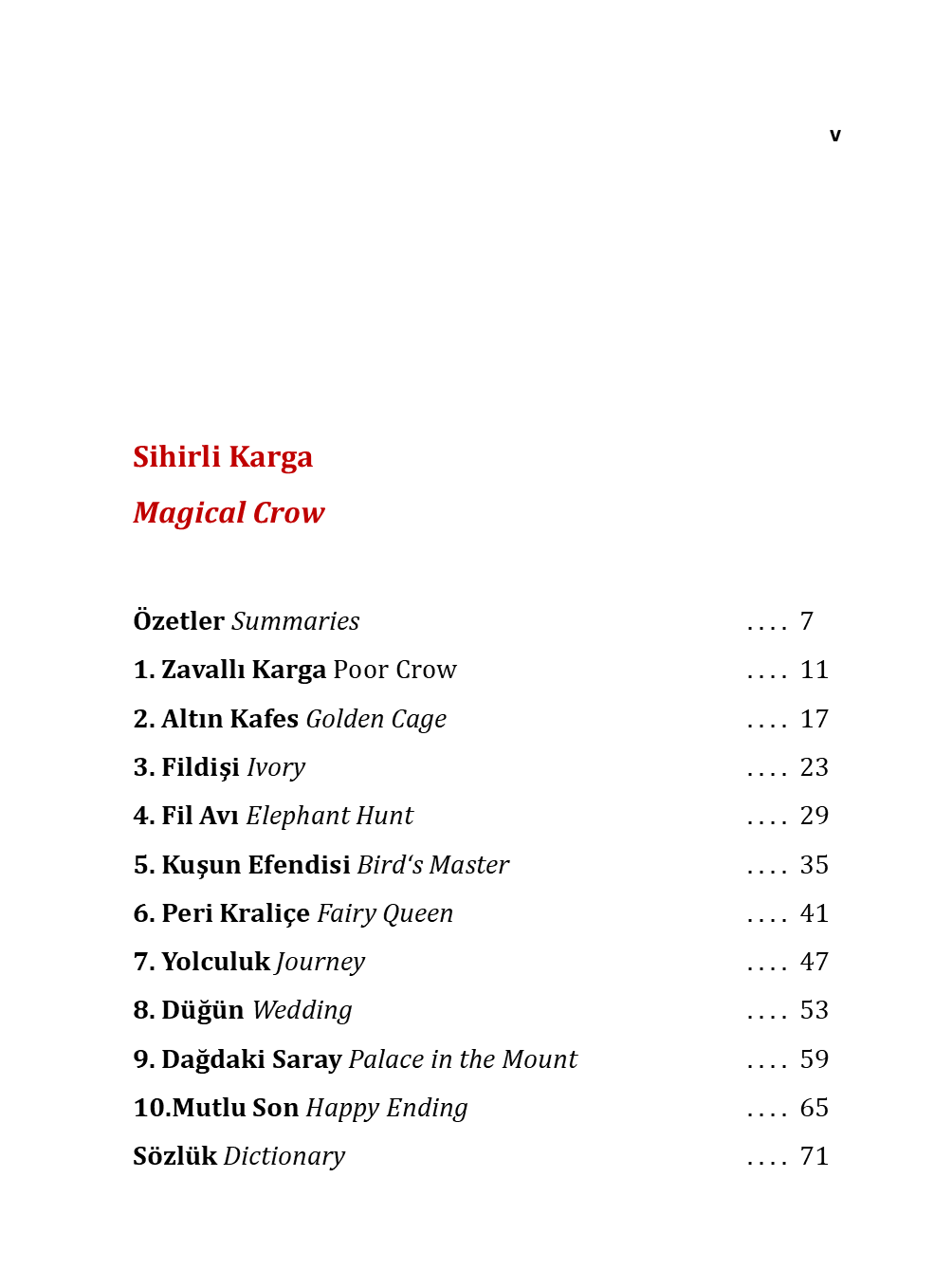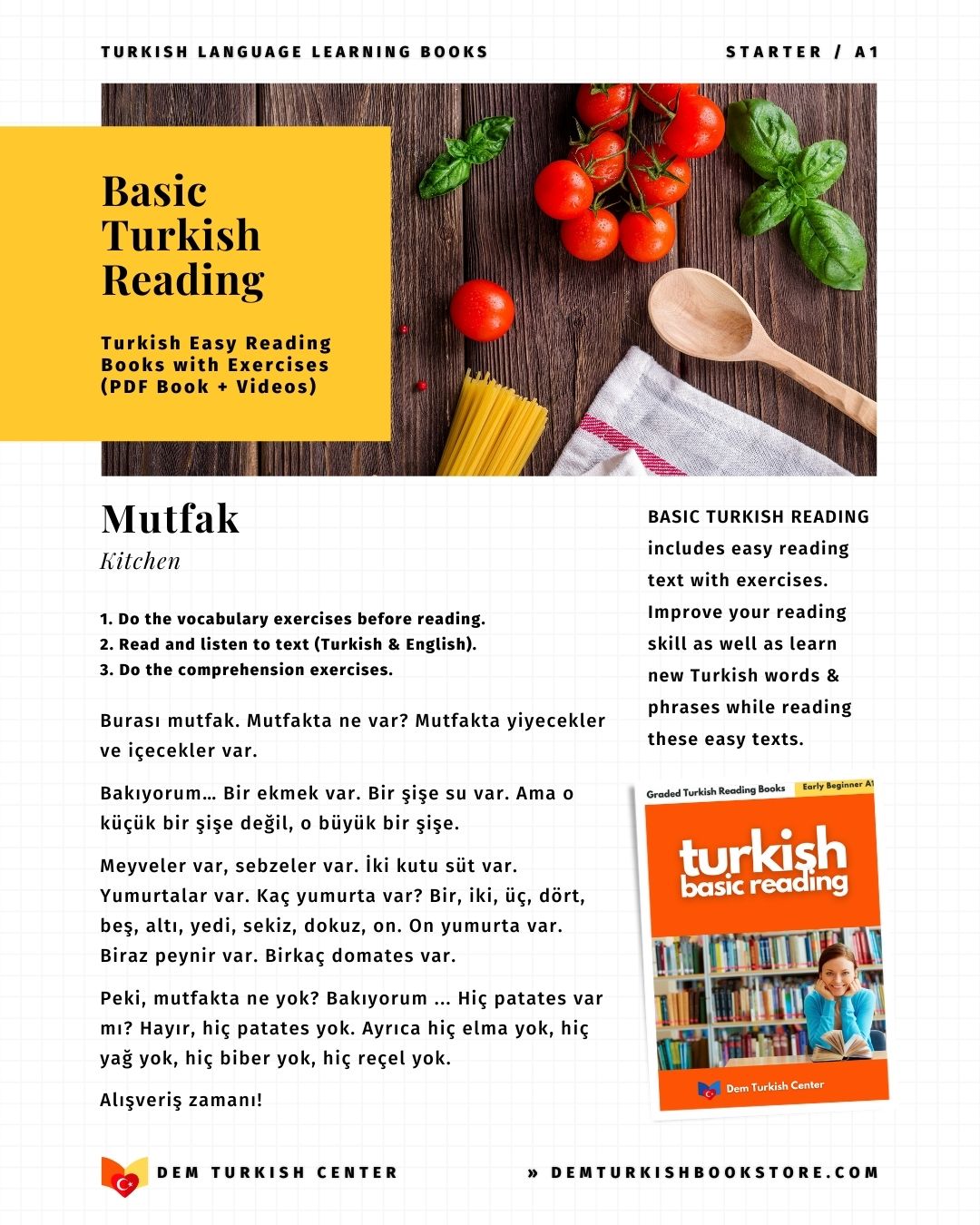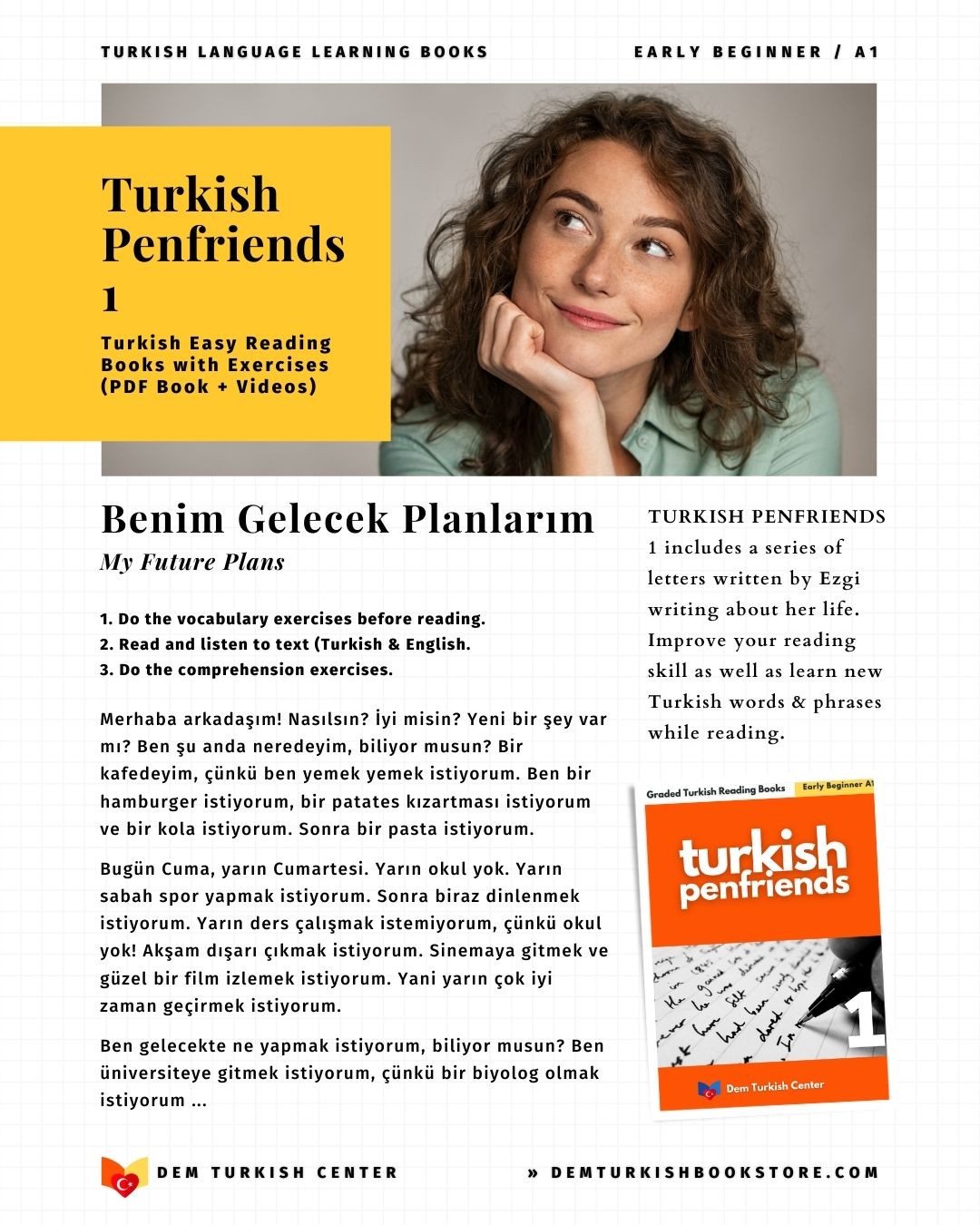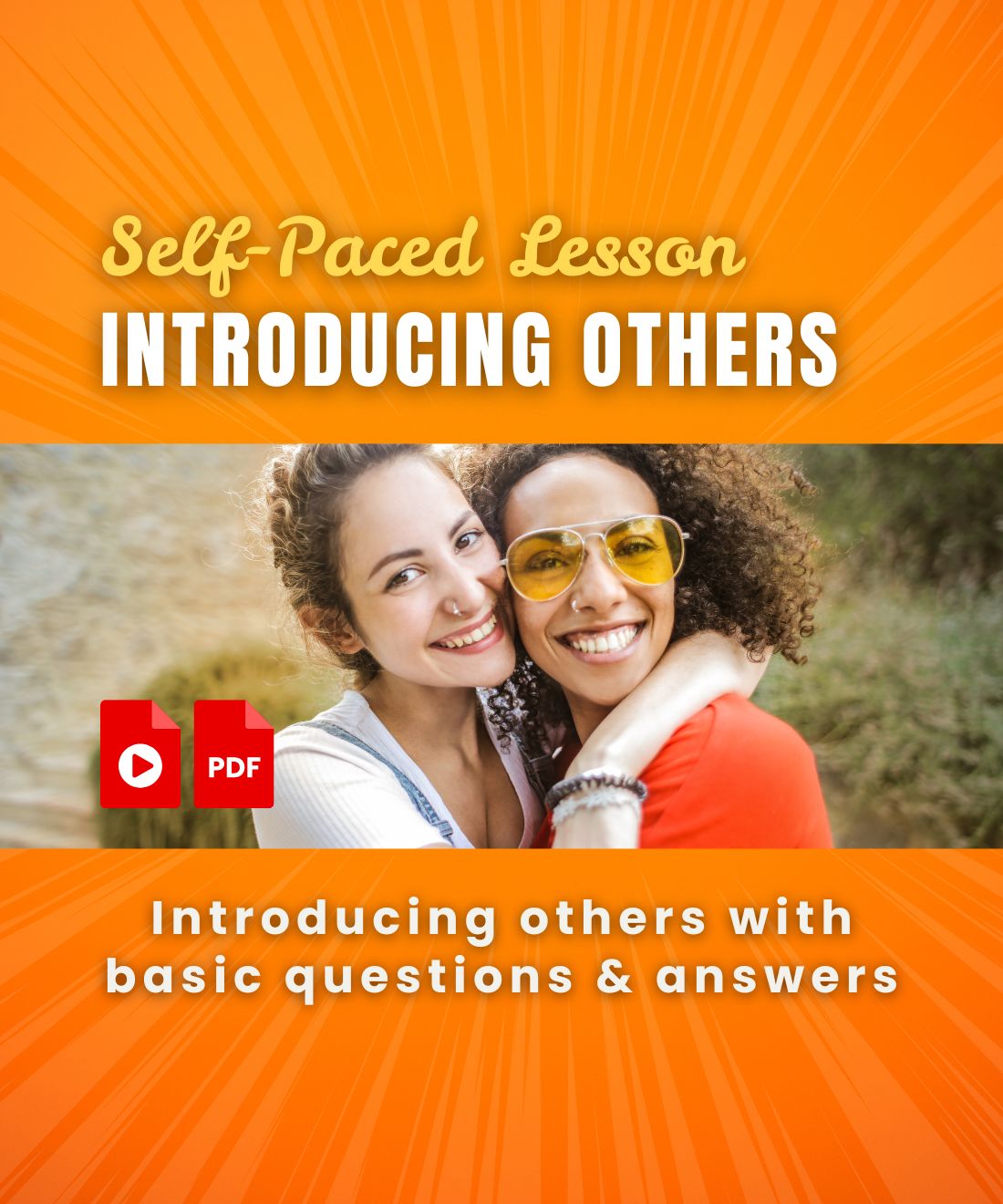
Beginner’s Guide to Learning Multiple Languages: From Zero to Fluent
Learning a new language is one of the most rewarding challenges you can undertake. It opens doors to new cultures, enhances career opportunities, and even improves cognitive abilities. But what if you want to master "multiple" languages? Is it possible to go from zero to fluent in several languages without getting overwhelmed?
The answer is "yes" — with the right strategy, mindset, and tools. Whether you're learning two languages at once or planning to become a polyglot over time, this guide will walk you through the steps to achieve fluency efficiently.
HOW TO LEARN & MASTER MULTIPLE LANGUAGES
1. Why Learn Multiple Languages?
Before diving into the "how", let’s explore the "why":
- Career Advantages Multilingual professionals are in high demand in fields like business, diplomacy, and tech.
- Cognitive Benefits Learning languages improves memory, problem-solving skills, and even delays cognitive decline.
- Cultural Connection Speaking multiple languages allows deeper engagement with different cultures, literature, and media.
- Travel & Social Opportunities Imagine traveling through Europe, Latin America, or Asia and conversing with locals in their native tongues.
If you're convinced, let’s move on to the practical steps.
Top Language Learning Tips To Improve Your Fluency
2. Choosing the Right Languages
Not all languages are equally difficult for every learner. Your native language, personal interests, and goals should influence your choices.
Factors to Consider:
- Language Family If you speak English, learning German or French will be easier than Mandarin or Arabic due to shared roots.
- Personal Motivation Are you learning for work, love, travel, or heritage? Passion fuels persistence.
- Resource Availability Some languages (like Spanish) have abundant learning materials, while others may require more effort to find resources.
Recommended Approach for Beginners
- Start with "one easier language" (e.g., Spanish, French, or Italian if you know English).
- Once you reach intermediate level (B1/B2), add a second language.
- Avoid learning two similar languages at once (e.g., Spanish and Italian) to prevent confusion.
How Language Learning Transforms Your Mind and Worldview
3. The Step-by-Step Learning Strategy
Phase 1: Building a Strong Foundation (0–3 Months)
Learn the Basics
- Alphabet & pronunciation
- Essential phrases (greetings, introductions, questions)
- Core vocabulary (100–300 most common words)
Use Beginner-Friendly Tools
- Apps Duolingo, Memrise, Anki (for flashcards)
- YouTube Channels like Easy Languages, Coffee Break Languages
- Podcasts Language Transfer, Pimsleur
Top 10 Language Learning Apps to Boost Your Skills
Phase 2: Developing Conversational Skills (3–6 Months)
Grammar & Sentence Structure
- Focus on present, past, and future tenses
- Learn connectors (and, but, because) to form complex sentences
Immersion Techniques
- Watch TV shows/movies with subtitles
- Listen to music and podcasts in your target language
- Practice speaking daily (even if just talking to yourself)
Phase 3: Achieving Fluency (6+ Months)
Advanced Vocabulary & Nuances
- Learn idioms, slang, and formal/informal speech
- Read books, news articles, and forums
Why Becoming a Polyglot Is Easier Than You Think
Real-Life Practice
- Language exchange (Tandem, HelloTalk)
- Join local meetups or online communities
- Consider travel or immersion programs
4. How to Learn Multiple Languages Without Mixing Them Up
One of the biggest fears when learning multiple languages is interference — accidentally blending words or grammar rules. Here’s how to avoid it:
I. Separate Study Times
- Dedicate different days or times to each language (e.g., Spanish in the morning, German in the evening).
- Use color-coding (notebooks, flashcards) to keep languages distinct.
How to Start Your Polyglot Journey: A Step-by-Step Guide
II. Focus on One at a Time (If Possible)
- Reach at least B1 level in your first language before adding a second.
- If learning two at once, pick very different languages (e.g., Japanese and Spanish).
III. Use Different Learning Methods
If you’re using Duolingo for Spanish, try a textbook for French to keep the approaches distinct.
IV. Practice Active Recall
Test yourself **without translation**—think directly in each language.
V. Maintaining Motivation & Avoiding Burnout
Learning multiple languages is a marathon, not a sprint. Here’s how to stay motivated:
Set Clear Goals
SMART goals (Specific, Measurable, Achievable, Relevant, Time-bound):
- "I will hold a 10-minute conversation in Spanish by December."
- "I will read a short novel in French within 6 months."
Track Progress
- Keep a language journal (write daily sentences).
- Record yourself speaking monthly to see improvement.
Make It Fun
- Play language games (e.g., Scrabble in French).
- Follow social media influencers in your target languages.
Join a Community
Reddit (r/languagelearning), Discord groups, or local clubs can keep you accountable.
6. Recommended Tools & Resources
Apps & Websites
- Duolingo (gamified learning)
- Anki (spaced repetition flashcards)
- italki / Preply (1-on-1 tutoring)
- LingQ (reading & listening immersion)
Books
- "Fluent Forever" by Gabriel Wyner
- "The Art of Learning"* by Josh Waitzkin
Media for Immersion
- Netflix (change audio/subtitles)
- Spotify (podcasts & music playlists)
- News sites (BBC Mundo, Deutsche Welle)
7. Common Mistakes to Avoid
- Relying only on apps (speaking practice is crucial).
- Comparing yourself to polyglots (everyone learns at their own pace).
- Ignoring grammar entirely (structure helps fluency).
- Giving up after plateaus (progress isn’t always linear).
Conclusion: Your Multilingual Journey Starts Now
Mastering multiple languages is absolutely possible with the right approach. The key is:
- Start small, stay consistent.
- Immerse yourself daily.
- Practice speaking early.
- Keep languages distinct.
Whether you dream of ordering coffee in Italian, debating philosophy in German, or negotiating business deals in Mandarin — your journey begins today. Pick your first language, follow this guide, and soon, you’ll be on your way to becoming a confident multilingual speaker.





